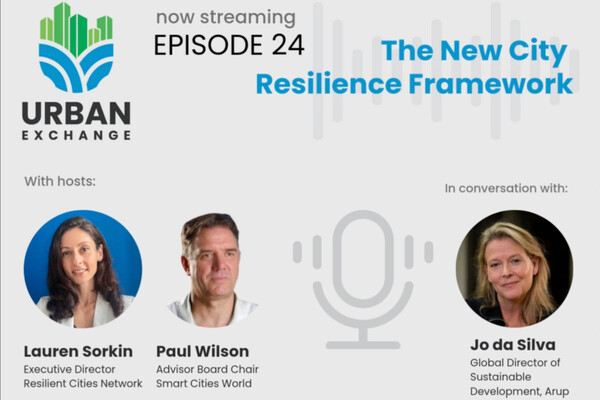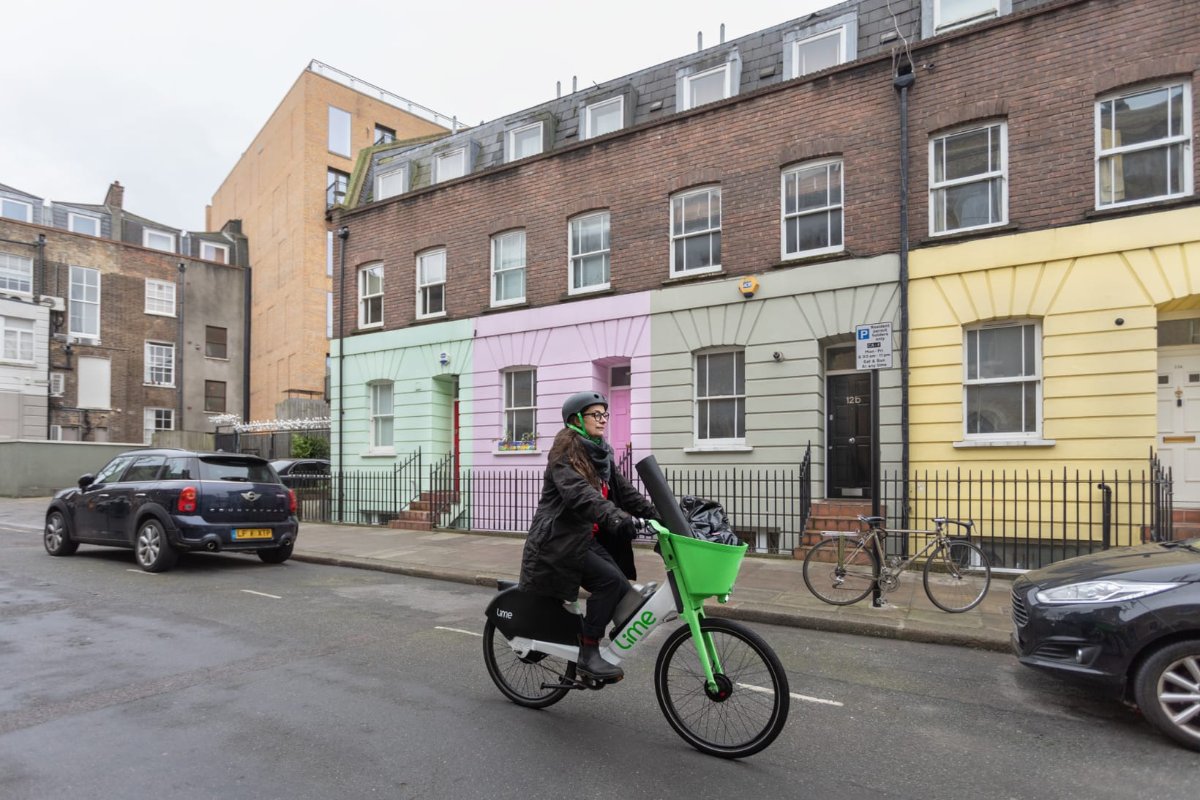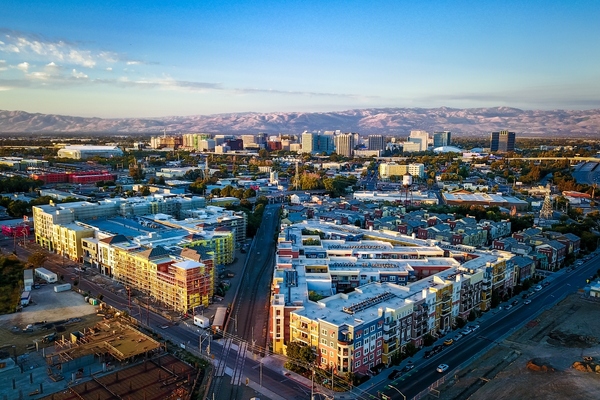Special Reports
SusHi Tech Tokyo 2024: experience ‘Tokyo 2050’ todaySponsored by The SusHi Tech Tokyo 2024 Showcase Program Executive Committee
Fibre can transform society but only if governments are prepared to give a helping hand
Sponsored by FotechFibre provides more than just connectivity. But telcos need help, from financial assistance to relaxed regulation, for ubiquitous networks to become a reality, writes Stuart Large, Product Line Director & Business Development at Fotech.

Fibre broadband has been the foundation of innovation in modern times, driving communication, knowledge and the sharing of ideas at high speed. However, too many enterprises and citizens are not able to tap into its advantages, leaving society worse off as innovation is stymied.
Only nine Organisation for Economic Cooperation and Development members have high speed fibre accounting for more than half their broadband connections. Korea leads the way with 82 per cent and Japan in second place with 79 per cent of total connections. The Nordic region fares particularly well, with four countries in the top 10.
At the other end of the scale, some large economies’ fibre provision is less impressive. France has only 20 per cent penetration, Australian 19 per cent, and the United States 16 per cent. Germany and the United Kingdom’s performances are even less impressive, at four per cent and two per cent respectively.
This matters in the connectivity age. Not only does robust fibre infrastructure support the fixed line needs of citizens and businesses, but it also provides the necessary backhaul capacity for mobile broadband networks.
Fibre provision matters in the connectivity age
But fibre just doesn’t bring the considerable benefits of data transmission. At Fotech, innovating with fibre is at the heart of our business, using crucial infrastructure to deliver new kinds of services. Our Distributed Acoustic Sensing technology can use a fibre cable to house thousands of vibration sensors, which pick up any disturbances on the line. These disturbances each have a unique fingerprint, allowing any operator to determine exactly what happened, when and where.
This technology has myriad use cases within the modern city and smart city of the future. Take traffic. As cities’ populations get even higher in the years ahead – more than two thirds of the global population will live in a city by 2050, according to United Nations figures – managing the flow of vehicles will be key.
We’ve been working with Spanish infrastructure and engineering company COMSA to manage traffic at roundabouts by changing traffic light sequencing using our technology. DAS was set up along a stretch of road through open countryside, an industrial estate and in a town. Our sensors have tracked the anonymised movements of pedestrians, cyclists and vehicles. We’re continuing to assess the data but it’s already clear that enough can be collected for a modern, intelligent traffic management system that can lead to fewer traffic jams, decreased emissions and greater air quality within a city.
COMSA is working with us because of our ability to match its needs with our DAS solutions and capabilities. Manuel Alfageme Alonso, COMSA’s Head of Smart Systems Innovation, says: "I believe there is a clear potential for DAS making large infrastructures intelligent, by providing passive and permanent monitoring for multiple applications, reducing the infrastructure operational costs and bringing new values."
Helping hand
And that’s only one way a DAS system can be used along a fibre network. Others include threat and fault location and we’re excited about bringing further innovative solutions to market. But such innovations need to backed up with robust fibre networks stretching into all parts of a country and there is a considerable way to go before countries will match South Korea and Japan for provision.
Deploying fibre is costly and telecoms companies’ CAPEX budgets are stretched. They are under pressure to improve the coverage of their existing mobile networks and lay the groundwork for 5G, as well as grow their fibre networks. They have long complained of digital giants profiting from their investments. It’s an even bleaker picture in more remote parts of the country. Building fibre into areas with low population density is simply not cost effective. Return on investment is in decades rather than years.
Governments need to do more to support telecoms companies in rolling out much needed fibre infrastructure. In addition to financial concerns, telcos can face onerous regulation in many markets leaving them with too many obstacles to deploy sufficient lengths of cable.
Building fibre into areas with low population density is simply not cost effective
Some governments are realising that deploying ubiquitous fibre networks requires a public private partnership and are supporting companies to do so. Italy is one such example with its Banda Ultralarga strategy, providing subsidies to bridge the social and geographical inequalities generated by a purely private sector approach to deploying broadband. It aims to offer access to speeds exceeding 100MBps to 85 per cent of the population by the end of 2020.
The European Commission, which is providing state aid for the project, said last year that citizens will gain access to significant services such as e-learning, telemedicine and teleworking following the fibre deployment. These services are even more critical in the wake of the coronavirus crisis.
Smart cities are exciting because of the possibilities for tomorrow. New technologies promise to change every aspect of our lives, from our homes and places of work, to healthcare, transport and government services. But they can only do so with access to high capacity, low latency, superfast networks. The figures above make it clear that we are a long way from that. It is imperative governments step in where the markets can’t to realise the use cases of the future. Smart cities will fail to achieve their potential if they fail to do so.

















